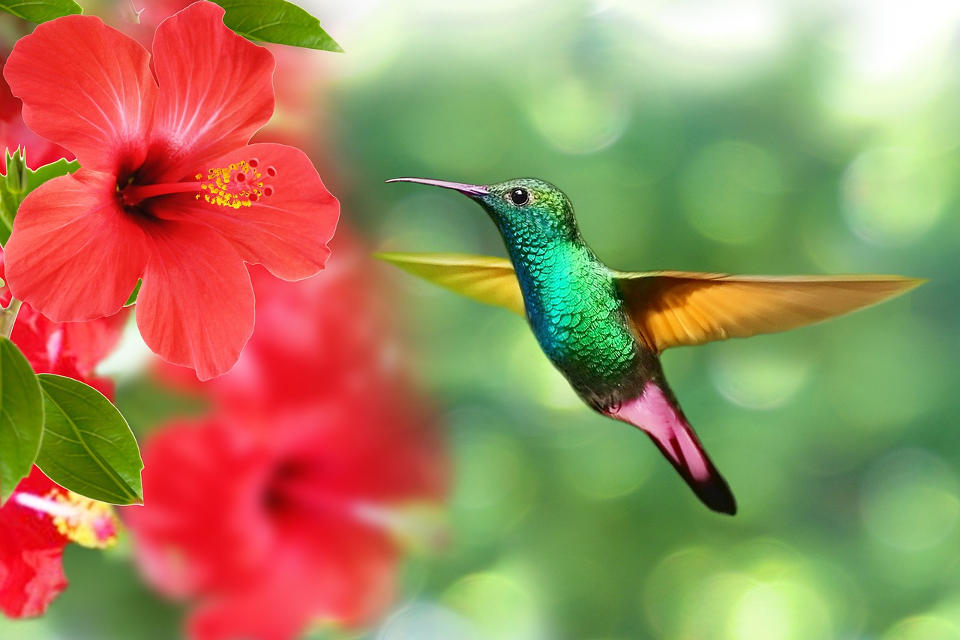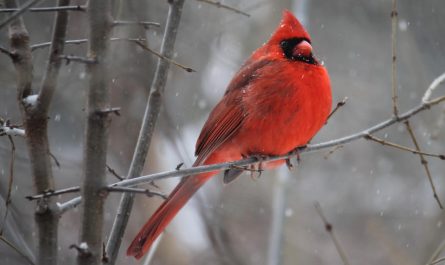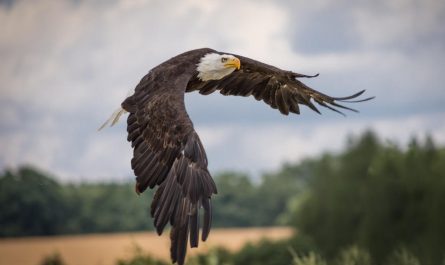Hummingbirds are tiny, wondrous creatures that not only delight our eyes, but also play a crucial role in pollination. Here are seven hummingbird facts to help readers get know these feathered gems:
7 Hummingbird Facts
-
- Hummingbirds are long distance migrants. (source) Rufous hummingbirds migrate 4,000 miles from Mexico to Alaska every Spring! They are known as having the longest migratory journey for birds their size.
-
- There are over 360+ hummingbird species. (source) The vast majority of hummingbirds live in tropical areas; the northern Andes has the greatest variety. Ecuador is home to around 130 species.
-
- Hummingbirds have outstanding spatial memory. (source) They can remember feeder locations years later, and can even memorize how long it takes certain flowers to refill with nectar. Scientists believe this is due to an enlarged hippocampus.
-
- Hummingbirds visit hundreds of flowers each day. (source) Due to their intense speed, hummingbirds have high metabolism and must feed continuously throughout the day. Ruby-throated hummingbirds consume up to half their weight in nectar. They “pay back” flowers by helping them pollinate and spread, including wildflowers that are key for stabilizing fragile soil after landslides and fires.
-
- Hummingbird’s hearts can beat as fast as 1,260 beats per minute. (source) This rate was recorded from a Blue-throated hummingbird. The slowest is 50-180 beats per minute when they experience torpor, or a hibernation-like state.
-
- Hummingbirds can flap their wings up to 70 beats per second. (source) That adds up to over 4,000 flaps per minute. That is faster than any other bird!
-
- The world’s smallest bird is a hummingbird. (source) The bee hummingbird is the world’s smallest bird, which weighs less than 2 grams. The females build nests that are barely an inch in width, with eggs about the size of a coffee bean.
Have any other interesting facts about hummingbirds? Let us know below!




